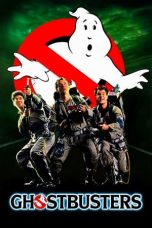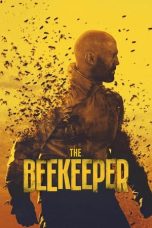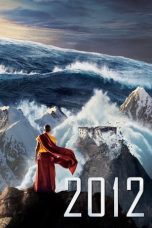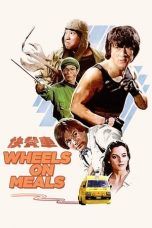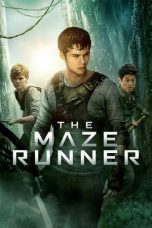- Source: Thomas Cochrane campaign
- Epilepsi
- Bunuh diri
- Kate Winslet
- Tuberkulosis
- Nonkekerasan
- Julianne Moore
- Thomas Cochrane campaign
- Thomas Cochrane, 10th Earl of Dundonald
- Thomas Cochrane (doctor)
- Alexander Cochrane
- Blockades of Callao
- Thomas Matthew Crooks
- Douglas Cochrane, 12th Earl of Dundonald
- Basil Cochrane
- Thomas Boylston Adams (1910–1997)
- Naval campaign of the War of the Pacific
Ghostbusters (1984)
Project Wolf Hunting (2022)
2012 (2009)
Wheels on Meals (1984)
No More Posts Available.
No more pages to load.
The Thomas Cochrane campaign was a series of mainly naval war actions carried out by the admiral hired by the Chilean government, Thomas Cochrane, who was also given Chilean nationality. Cochrane had been assigned the objective of the Chilean government to end Spanish naval power in the Pacific, mainly the port of Callao and achieve control of the Pacific Ocean. He carried out several actions to achieve his goal, in addition to participating in the attack of objectives on land such as the capture of Valdivia or Pisco.
The campaign was developed from September 12, 1819 with the departure of the Chilean squadron from Valparaíso to Callao to begin the so-called first blockade of Callao and ended in 1822, coinciding with the surrender of the Spanish frigates "Prueba" and "Venganza", and the corvette "Emperador Alejandro" to the government of the Free Province of Guayaquil, in February 1822, due to the absence of ports and supplies, a product of the territorial conquests of the independent states.
The campaign had the added difficulty that the Spanish squadron could take refuge in Callao, which had around 350 siege cannons and a real floating trench, the product of the ingenuity of Brigadier Antonio Vacaro, made up of logs joined by chains that barely left a narrow entrance and prevented an effective attack to finish off the Spanish. Cochrane had used various methods to capture or destroy the Spanish squadron stationed in the port, of which we can highlight the use of Congreve rockets, which had a disappointing result.
After two expeditions to Peru, where Cochrane had twice blockaded the port of Callao and attacked its surroundings, he headed towards the southern coast of Chile with the aim of capturing the second most important royalist enclave, which was in Valdivia. After convincing himself that the San Telmo ship , the flagship of the South Sea Division, with 74 cannons and 650 crew members, was not waiting for him, he ordered an invasion, managing to capture the town of Valdivia after a daring attack on 3 and 4 February 1820. Encouraged by this success, he wanted to imitate the same attack on the island of Chiloé, which remained loyal to the Spanish monarchy until 1826, attacking on 18 February 1820 the Castillo San Miguel de Agüi, which was the strongest point on the island. When the attack failed, Cochrane ordered the attempt to be abandoned.
Spanish ships captured, surrendered or destroyed during the Cochrane operations
44-gun Esmeralda frigate
Merchant frigate armed with Resolution of 34 to 36 cannons
Sebastiana corvette of 28 to 34 cannons
Pezuela brig with 18 to 22 cannons
Brigantine Potrillo of 16 to 18 cannons
Brigantine San Francisco Javier of 16 guns
Proserpina schooner of 14 cannons
Begoña armed merchant frigate with 18 to 20 cannons
Armed merchant frigate Águila with 20 cannons
Merchant corvette armed with 36 guns Emperador Alejandro
Veloz Corvette or Brig of 30 cannons
Aranzazù armed brig or pailebot with 12 cannons
Brigantine Lucero
Brigantine San Agustin
Brigantine Congress
Brigantine Monarch
Brigantine Clear
Justiniana brig of 8 guns
San Fernando armed frigate with 26 cannons
Milagro armed frigate with 14 cannons
Armed frigate Carmen
Trujillana armed frigate (formerly Palafox) with 18 to 22 cannons
Schooner Moctezuma (belonging to independent Peru)
Schooner Jesús María
Ave María Schooner
Schooner Mercedes
Schooner Teresana
16 gunboats and various transports.
The rest of the ships that were not captured or destroyed and therefore not mentioned in the list are due to the fact that during the campaign some Spanish ships retreated to the Peninsula or the Philippines.
By the way, the list does not include all the ships that were captured or destroyed by the Chilean squadron under the command of Admiral Thomas Cochrane because there is no exact list of all the prizes from this campaign.





